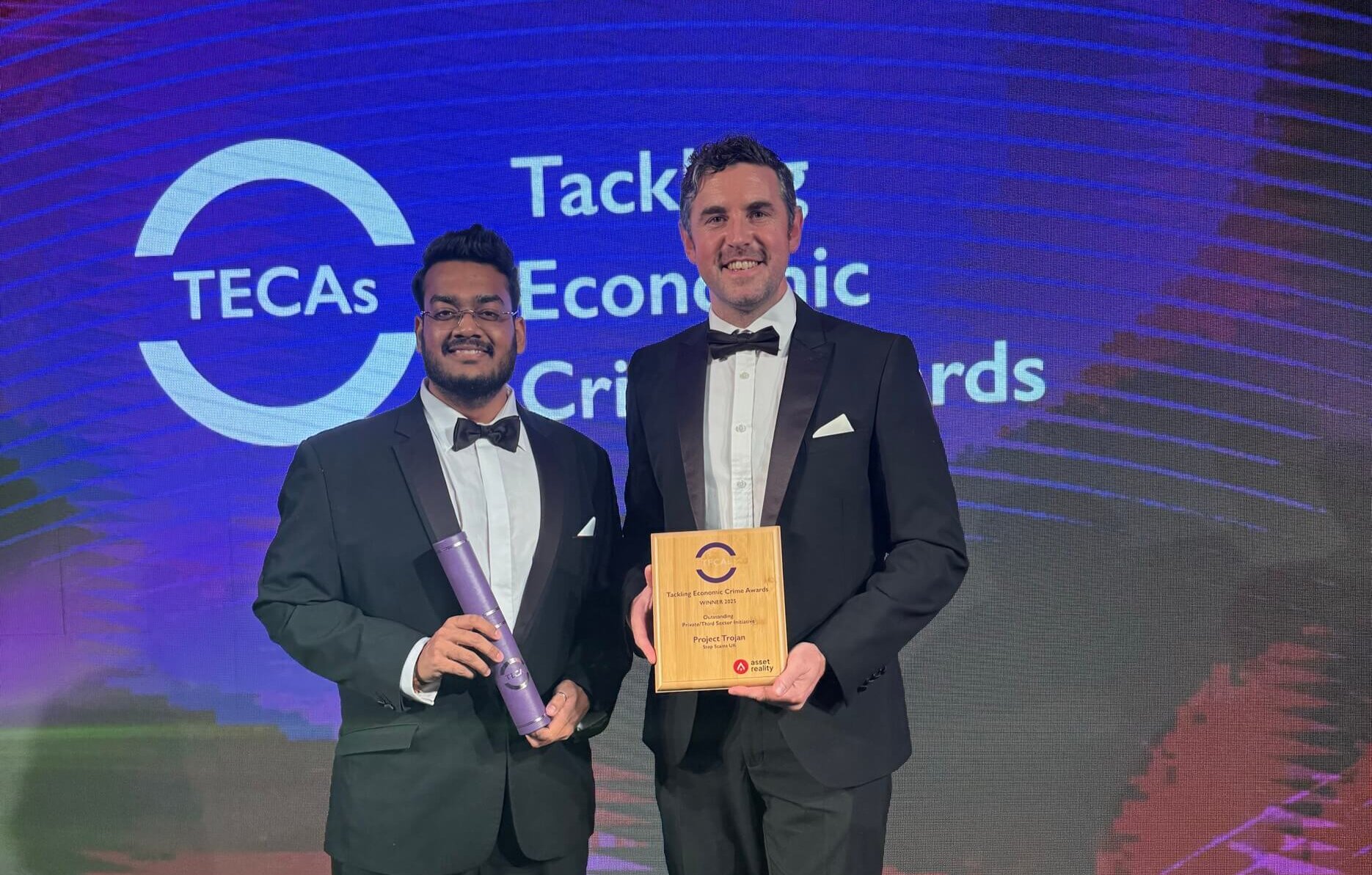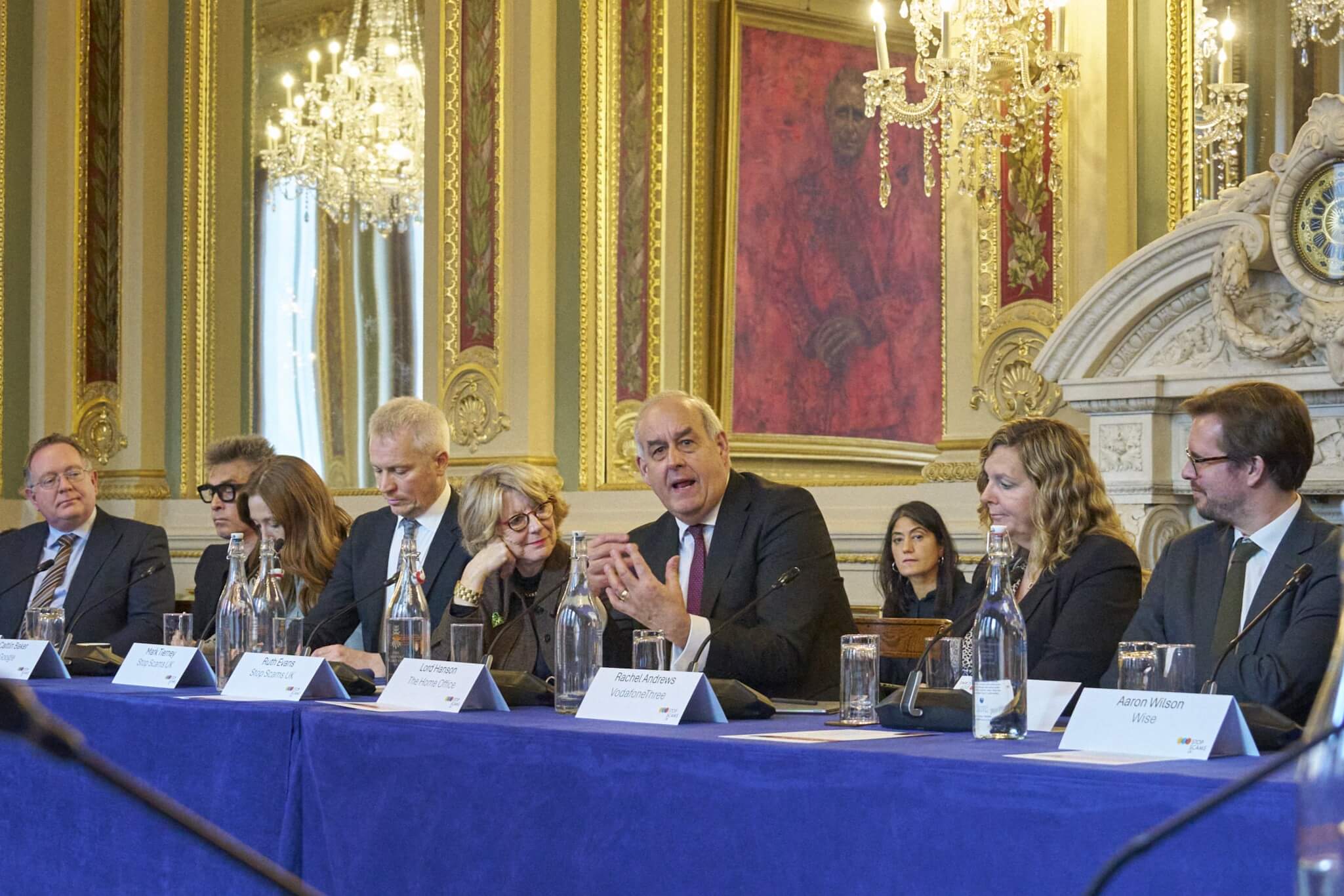Industry collaboration burns down SIM-based fraud route
Early success of major cross-sector initiative is stopping scams at source
Stop Scams UK (SSUK) has announced the early success of a major cross-sector initiative that is burning down a previously unchecked route used by criminals to launch scam operations at scale.
Known as the Blocked SIMs project, it is the latest example of how sharing intelligence between the telecoms, online technology and banking sectors is stopping scams at source. It detects and disrupts criminals who abuse Pay-As-You-Go UK mobile numbers to create fake online accounts and target consumers.
From international borders to the boardroom: intelligence in action
The diversion of UK SIM cards was originally discovered by the National Crime Agency as a result of the seizure of a box of UK SIM cards on the border of Thailand. Thanks to the commitment of the Royal Thai Police, the serial numbers were passed back to the NCA and cross-referenced with UK suppliers.
That cooperation by Royal Thai Police set in motion a chain of events in the NCA and across the telco industry that uncovered this abuse of the UK phone network and online platforms.
Exploited gaps between sectors
These SIMs are never registered, topped up, or used to make calls — but are exploited to receive one-time passwords (OTPs), in the creation and setup of online accounts. Large numbers of online accounts across social media, dating, and messaging platforms have been created using these stolen SIMs. The association with a genuine UK mobile number means they appear to be genuine UK users.
Telecoms firms can identify these diverted SIMs. They may take down the number if it breaches their terms and conditions.
Even so, social and other accounts authenticated this way, remain active for malicious purposes, potentially indefinitely.
Stop Scams UK’s tri-sector model has offered a platform for those industries potentially impacted by Blocked SIMs.
Burning down the fraud route
BT, a leading member of Stop Scams UK, was the first telecoms provider to take action by spearheading a cross-sector collaboration group.
Meta, Match Group, Monzo, Santander, Revolut, Gamma and VodafoneThree have joined forces. Millions of numbers that the telecoms firms have blocked are now shared with the other participants, providing a strong signal of probable harmful activity. Recipient firms match the numbers against their own records, investigate, and take action if fraudulent behaviour is also indicated on their platform.
The initiative aims to go further than simple takedown. Simple takedown has been likened to “whack-a-mole” – stop a fraudster once, and they pop up again, and again, using the same method, for as long as they can keep doing so.
Working alongside the National Economic Crime Centre (NECC), SSUK members are delivering a response that seeks to close the gaps and “burn down” the route through four stages:
- Takedown – identifying and removing fraudulent accounts linked to blocked SIMs.
- Network mapping – tracing and disrupting associated fraud networks.
- Policy and process change – strengthening terms and conditions, systems, and detection tools across sectors.
- Behavioural analysis – monitoring how fraudsters adapt, to stay one step ahead.
Legal certainty and consumer protection
The pilot has been designed with strict legal and data-protection safeguards. The data being shared meets two thresholds for legal certainty:
- Usage of the SIMs has breached telco terms and conditions and therefore carries a high risk of fraud. Thus, there is a legitimate interest to share.
- The phone number has never been associated with an identifiable individual. Therefore, it is not personal data for the purposes of data protection legislation.
Measuring impact
The Blocked SIMs collaboration is already disrupting criminal activity and forcing fraudsters to work harder to target UK consumers.
SSUK participants are reporting success measures in matching and improving detection of bad actors. This looks different across each participant and is anticipated to change as more participants join the data sharing and bad actors realise using Blocked SIMs is now a high-risk route.
SSUK will facilitate the next stages to bring on board more participants, identify any additional intelligence and to examine fraudster behaviour to block and burn down their next route between industry sectors.
A whole-system response
The Blocked SIMs project follows Stop Scams UK’s recent announcement 100% of UK mobile network operators (MNOs) are now engaged through Stop Scams UK with 99.7% of UK retail banking providers – alongside major global technology platforms including Match Group and Meta.
The SSUK coalition means the UK closer than ever to a whole-industry response to fraud.
A landmark in data sharing
Ruth Evans, Chair of Stop Scams UK, said:
“Blocked SIMs is a powerful example of what happens when industries collaborate to stop scams at source. By sharing data responsibly across telecoms, tech, and banking, we’re removing the tools scammers rely on and making the UK a harder place for fraudsters to operate.”
Brian Webb, Chief Security Officer, BT Group’s Consumer Division said:
“Sharing data has always been imperative in tackling fraud. The success of the blocked SIM project demonstrates that cross-sector collaboration at scale enables industry participants to mitigate fraud together, reducing harm to consumers across the UK. With Meta now joining the initiative, we’re expanding the reach and impact of this fraud prevention work. BT has long led the way by contributing a diverse and valuable set of data, reinforcing our commitment to keeping consumers at the heart of everything we do.”
Nathaniel Gleicher, Global Head of Counter Fraud, Meta said:
“Scams are a global, industry-wide challenge that demand a united response. This milestone shows how the UK industry is leading the way – bringing together banking, telecoms, and technology to disrupt scams at source. By working together and acting quickly, we can help protect everyone from scams and make life safer for people across the UK.”
 Members Area
Members Area


